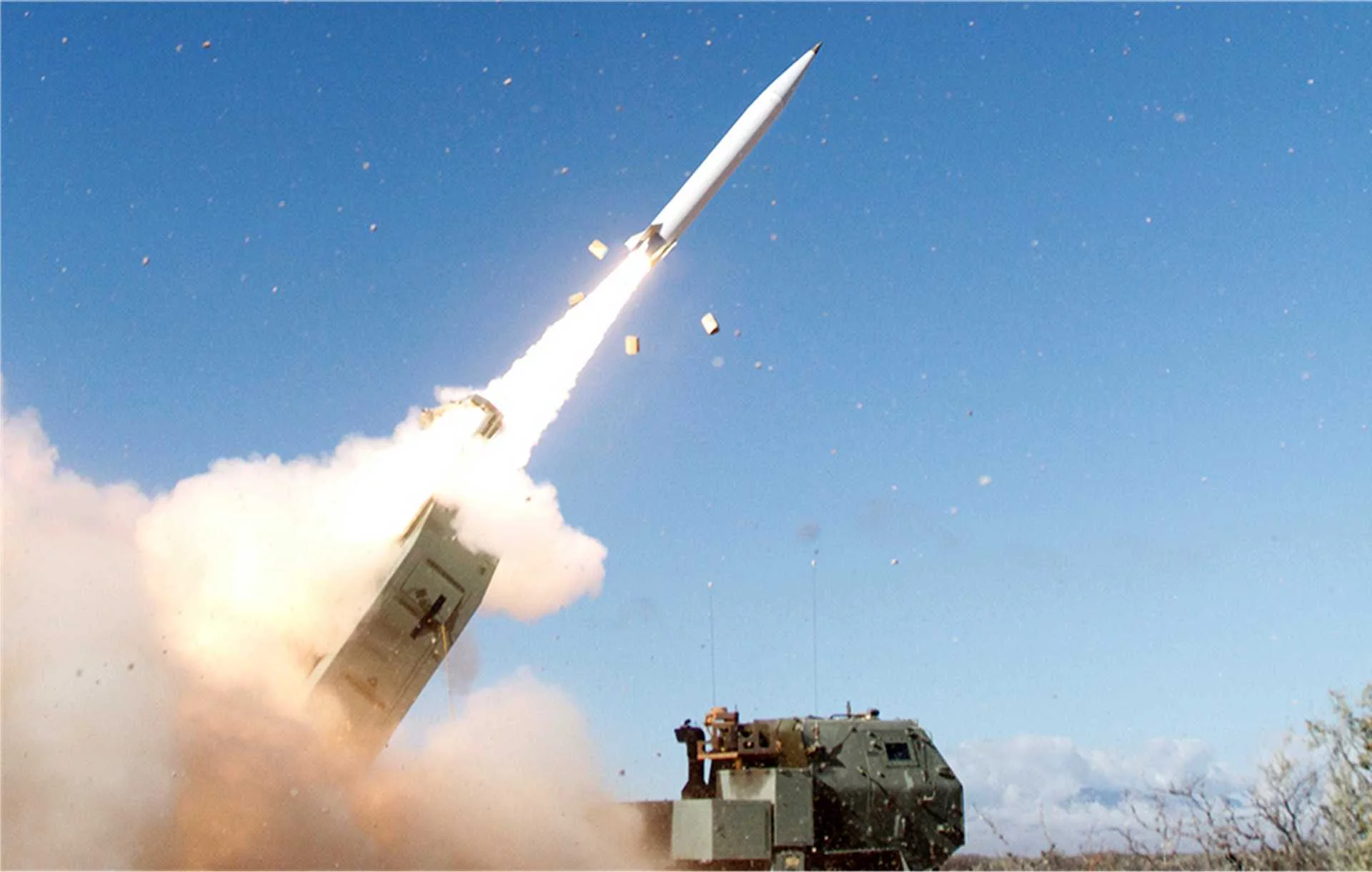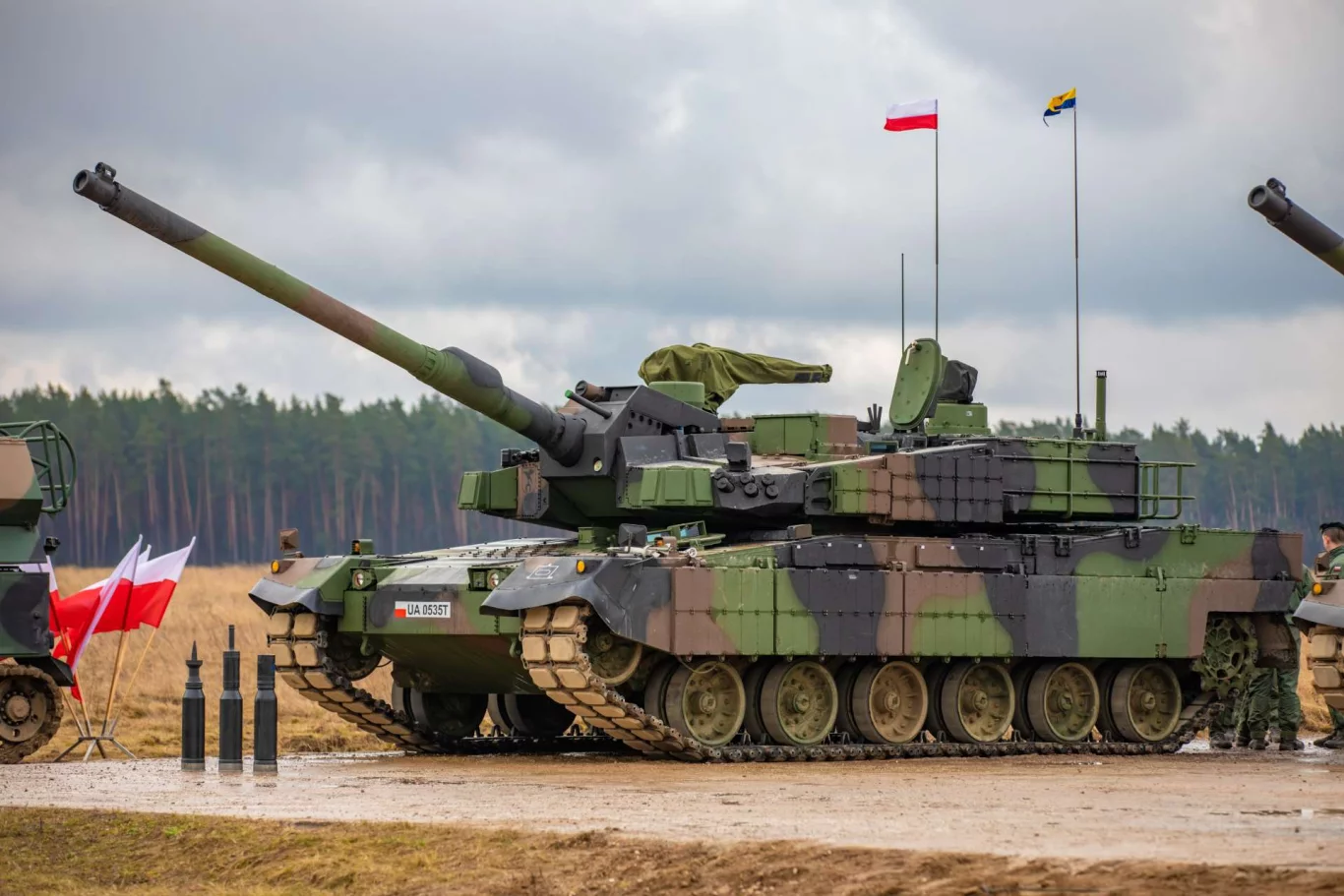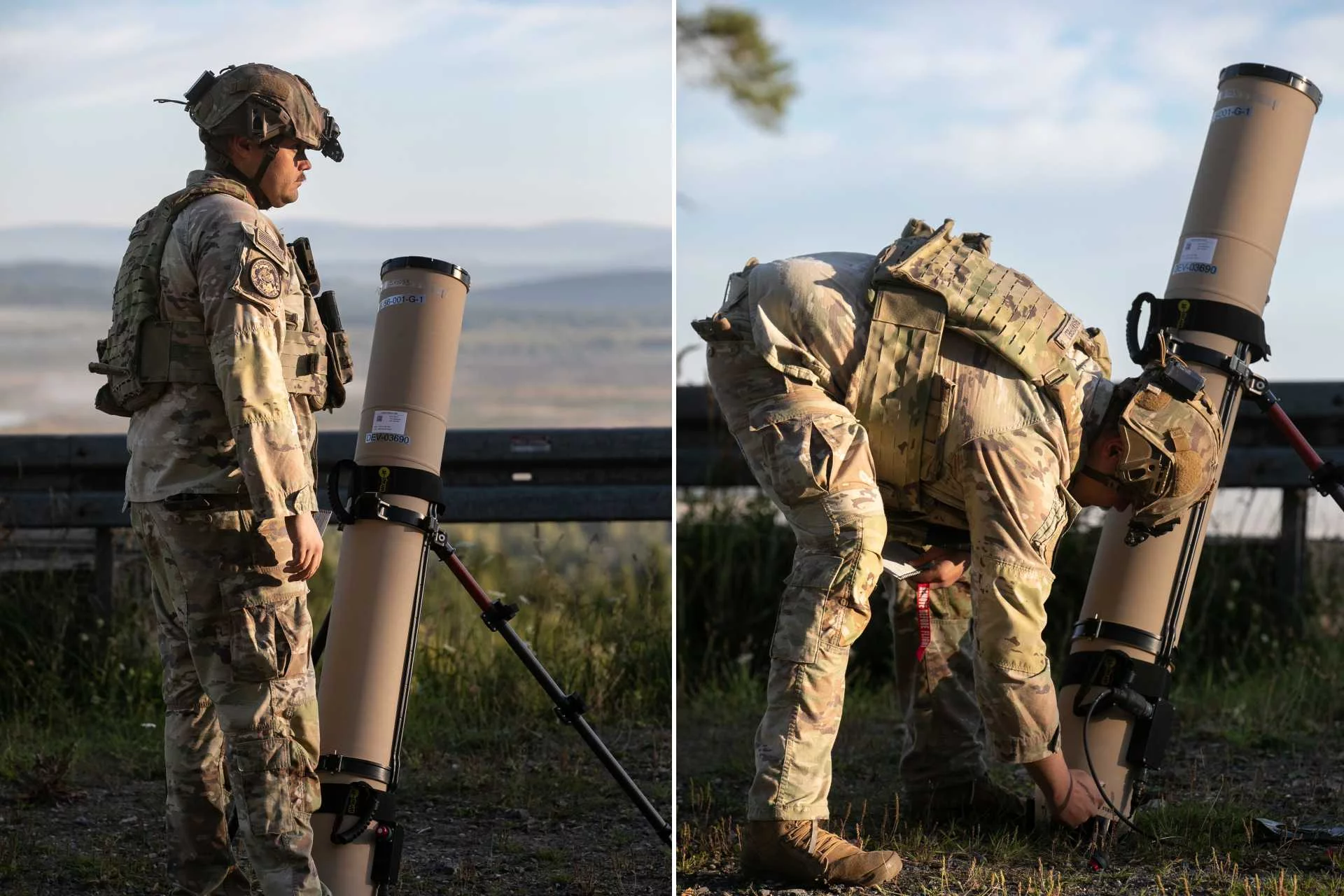In a significant stride for both national defense capabilities and international industrial cooperation, Poland’s state-owned defense giant, Polska Grupa Zbrojeniowa (PGZ), has reportedly inked a pivotal co-development and co-production agreement with U.S. defense technology firm Anduril. The ambitious collaboration centers on the “Barracuda 500M” cruise missile, a cutting-edge system designed to significantly bolster Poland’s deterrent and strike capabilities, with production slated to take place on Polish soil. This deal not only promises to enhance Poland’s strategic defense posture but also marks a strategic deepening of transatlantic defense ties, leveraging advanced Western technology for localized manufacturing within a critical NATO frontline state.
For Poland, this agreement represents a multi-faceted victory. Firstly, it directly addresses a critical capability gap. In the face of evolving geopolitical threats, particularly from its eastern flank, Poland has been aggressively modernizing its armed forces. A domestically produced, advanced cruise missile with a 500-kilometer range, such as the Barracuda 500M, provides a formidable long-range precision strike option, capable of engaging high-value targets with accuracy. This dramatically enhances Poland’s strategic depth and its ability to project credible deterrence, aligning with its broader efforts to become a major European military power.
Secondly, and equally important, is the aspect of co-development and co-production. This isn’t merely an off-the-shelf purchase; it’s a genuine partnership designed to transfer critical technology and expertise to Poland. PGZ’s involvement ensures that Polish engineers, technicians, and industrial facilities will play a substantial role in the design, manufacturing, and future evolution of the Barracuda 500M. This approach is vital for several reasons: it fosters indigenous defense capabilities, reduces reliance on foreign suppliers for maintenance and upgrades, stimulates the local economy by creating high-skill jobs, and significantly strengthens Poland’s overall defense industrial base. It’s a strategic investment in self-sufficiency and technological sovereignty, moving beyond simply being a consumer of defense products to becoming a producer and innovator.
Anduril Industries, a relatively newer but rapidly ascending player in the U.S. defense sector, brings a fresh perspective to military technology. Known for its emphasis on artificial intelligence (AI), software-defined systems, and rapid prototyping, Anduril’s involvement suggests that the Barracuda 500M will embody these next-generation characteristics. This means the missile is likely to feature advanced autonomous navigation, enhanced target recognition, and potentially swarming capabilities, integrating cutting-edge software and sensor technology to maximize its effectiveness and survivability against sophisticated air defenses. For a NATO ally like Poland, gaining access to such forward-thinking defense solutions is a significant advantage, ensuring its military remains at the forefront of technological warfare.
The “500M” designation in Barracuda 500M is also noteworthy, almost certainly indicating a range of 500 kilometers. This range is significant under international arms control regimes like the Missile Technology Control Regime (MTCR), which often places restrictions on missiles with ranges exceeding 300 km and payloads over 500 kg. However, given Poland’s status as a NATO ally and the nature of this co-production, such a range would be fully compliant and strategically appropriate for its defensive needs. It positions the missile as a theater-level strike asset, capable of impacting areas of strategic importance to Poland’s security.
This collaboration also carries broader implications for European defense and NATO. As Eastern Europe grapples with renewed security concerns, bolstering the defense capabilities of frontline states like Poland is paramount for the alliance’s collective security. The co-production of a sophisticated cruise missile in Poland enhances NATO’s overall industrial capacity and resilience, particularly in the production of critical munitions. It also demonstrates a practical application of burden-sharing and technological integration within the alliance, showing how U.S. innovation can directly contribute to strengthening European partners’ self-defense capabilities.
The Barracuda 500M is envisioned not just as a conventional cruise missile but potentially as a versatile platform. Given Anduril’s expertise, it wouldn’t be surprising if the system incorporates elements of unmanned aerial vehicle (UAV) technology, allowing for advanced reconnaissance, battle damage assessment, or even potential re-tasking during flight. This multi-functionality would further increase its value and adaptability on the modern battlefield, offering more than just a single-shot strike capability. The focus on modularity and software-driven design also implies that the missile could be easily upgraded and adapted to future threats and technologies, ensuring its relevance for decades to come.




